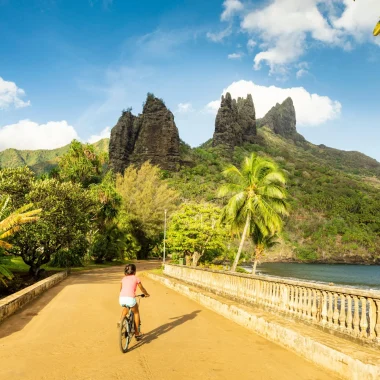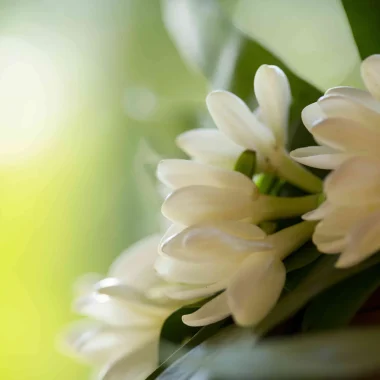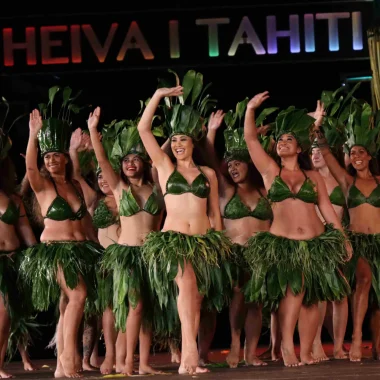Published on 14 August 2023
Reading time: 4 min.
Tattooing has a long history in Oceania. The first traces of tattooing in Polynesia date back 2,000 years! Today, tattooing is still a thriving art in The Islands of Tahiti, perhaps more than ever, an this despite having nearly disappeared when it was banned by the christian missionaries.
Every Polynesian culture has its own tattoos, with different designs, tools and techniques. A few centuries ago, one of the easiest ways to determine a Polynesian’s origins was to look at his tattoos. Every island had its own designs and some of the tattoos worn today still reveal the native island of the wearer, and even which family he belongs to. Ancient Polynesian’s didn’t have the written word, so a tattoo was a kind of identity card, that gave information about who the wearer was, where he came from, his status in society, occupation, family ties and even his passions.
Polynesian tattoos in the islands
Tattooing spread throughout the Polynesian Triangle, including New Zealand, Hawaii and Easter Island. However, its main center was, and still is, in the Marquesas Islands, where the complex themes of the designs are different and unique. The ancient tattoo artists were highly respected members of society with a status equivalent to that of priests. They etched the tattoos into the skin using a shark’s tooth comb struck repeatedly with a mallet.



A tattoo could take months to complete and was a very painful experience. Men who couldn’t put up with the pain and didn’t allow their tattoos to be finished were often marginalized. Bathing in seawater was the method of choice for reducing the risk of infection while the scars healed, although this certainly wouldn’t be recommended today! Generally , it would take about a year for an intricate tattoo to completely heal.
Significance of Polynesian tattoos
The position of a tattoo on the body was also important and had an effect on its significance. The body was considered the link between heaven and earth, with the upper body being associated with the spiritual world and the lower body to the earth. Tattoos on the back had an association with the past, and on the front with the future,. The left side of the body was associated with women and the right with men.

In ancient times, you could identify the wearer’s social status through his tattoos. Some designs were reserved for the gods, others for priests and others for the ari’i. A tattoo of the type hui ari’i was for chiefs, while the hui to’a, hui ra’atira, ‘īato’ai, and manahune were for war chiefs and warriors, dancers, canoeists and others of the same class.
Thematics
Did you find this content useful?
Thank you
Thank you for taking the time to let us know that you found this content useful. Your encouragement is important to us, and your feedback helps us to improve.
Thank you
Thank you for taking the time to let us know that this content was not useful to you. We apologise for any inconvenience.
This form is currently unavailable.
Share this content
Share this content
You might also like
- Culture
- Discovery experience
- Fakarava Island
- Family
- Hiva Oa Island
All UNESCO World Heritage Sites
Published on 04 Dec 2024
Reading time: 5 min.
- Culture
- Discovery experience
- Hiva Oa Island
- Marquesas Islands
- Nature
The Tiki of Taaoa and the Upeke Archeological Site
Published on 09 Sep 2023
Reading time: 4 min.









 Australia
Australia
 Belgique
Belgique
 Brasil
Brasil
 Canada (EN)
Canada (EN)
 Canada (FR)
Canada (FR)
 Chile
Chile
 Deutschland
Deutschland
 España
España
 France
France
 Italia
Italia
 Mexico
Mexico
 Polynésie française
Polynésie française
 New Zealand
New Zealand
 Schweizerisch (DE)
Schweizerisch (DE)
 Suisse (FR)
Suisse (FR)
 United Kingdom
United Kingdom
 United States
United States
 한국
한국
 中国
中国
 日本
日本